ABOUT
Black rice is a range of rice types of the species Oryza sativa, some of which are glutinous rice. Black rice is also known as ‘Forbidden Rice’ in ancient China since only those belonging to the upper class could afford to eat it.
There are several varieties of black rice available today. These include Indonesian black rice, Philippine balatinaw rice, and Thai jasmine black rice. Black rice is known as chak-hao in Manipur, India.
In Bangladesh it is known as kalo dhaner chaal (black paddy rice) and used to make polao or rice-based desserts. The bran hull (outermost layer) of black rice contains one of the highest levels of anthocyanins found in food. The grain has a similar amount of fiber to brown rice and, like brown rice, has a mild, nutty taste.
Black rice has a deep black color and usually turns deep purple when cooked. Its dark purple color is primarily due to its anthocyanin content, which is higher by weight than that of other colored grains. It is suitable for creating porridge, dessert, traditional Chinese black rice cake, bread, and noodles.
NUTRITIONAL FACTS (100 G OF EDIBLE PORTION)
| Energy (kcal) | Carbohydrate (g) | Protein (g) | Fat (g) |
|---|---|---|---|
| 356 | 75.56 | 8.89 | 3.3 |
HEALTH BENEFITS
- Good source of several nutrients: Compared with other types of rice, black rice is one of the highest in protein.Per 3.5 ounces (100 grams), black rice contains 9 grams of protein, compared with 7 grams for brown rice. It’s also a good source of iron — a mineral that’s essential for carrying oxygen throughout your body.
- Rich in antioxidants: In addition to being a good source of protein, fiber, and iron, black rice is especially high in several antioxidants ).Antioxidants are compounds that protect your cells against oxidative stress caused by molecules known as free radicals.
- Contains the plant compound anthocyanin: Anthocyanins are a group of flavonoid plant pigments that are responsible for the purple color of black rice, as well as several other plant based foods like blueberries and purple sweet potatoes Research shows that anthocyanins have strong anti-inflammatory, antioxidant, and anticancer effects.
- May boost heart health: Research on black rice’s effects on heart health is limited. However, many of its antioxidants have been shown to help protect against heart disease.Flavonoids like those found in black rice have been associated with a decreased risk of developing and dying from heart disease.
- May support eye health: Research shows that black rice contains high amounts of lutein and zeaxanthin — two types of carotenoids that are associated with eye health .These compounds work as antioxidants to help protect your eyes from potentially damaging free radicals.
- Naturally gluten-free: Gluten is a type of protein found in cereal grains, such as wheat, barley, and rye.People with celiac disease need to avoid gluten, as it triggers an immune response in the body that damages the small intestine.Gluten can also cause negative gastrointestinal side effects, such as bloating and abdominal pain, in individuals with gluten sensitivity .
- May aid weight loss: Black rice is a good source of protein and fiber, both of which can help promote weight loss by reducing appetite and increasing feelings of fullness.
RECIPE AND NUTRITIONAL VALUE
BLACK RICE
Method
Step 1
Cooking black rice is easy and similar to cooking other forms of rice.
Step 2
To prepare it, simply combine rice and water or stock in a saucepan over medium-high heat. Once boiling, cover it and reduce the heat to a simmer. Cook the rice for 30–35 minutes, or until it’s tender, chewy, and all the liquid has been absorbed.
Step 3
Remove the pan from the heat and let the rice sit for 5 minutes before removing the lid. Use a fork to help fluff the rice before serving.
Step 4
Unless specified otherwise on the package, for every 1 cup (180 grams) of uncooked black rice, use 2 1/4 cups (295 ml) of water or stock.
Step 5
To keep the rice from becoming gummy when cooking, it’s recommended to rinse the rice under cool water before cooking to remove some of the extra starch on the surface.
Step 6
Once the rice is ready, you can use it in any dish in which you would use brown rice, such as in a grain bowl, stir-fry, salad, or rice pudding.
REFERENCE
11 Surprising Benefits and Uses of Black Rice (healthline.com)

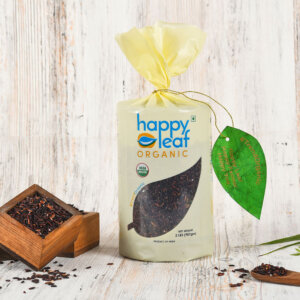
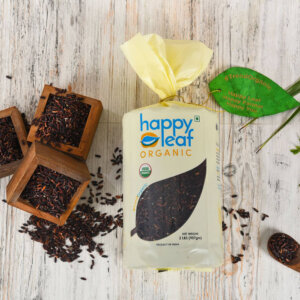
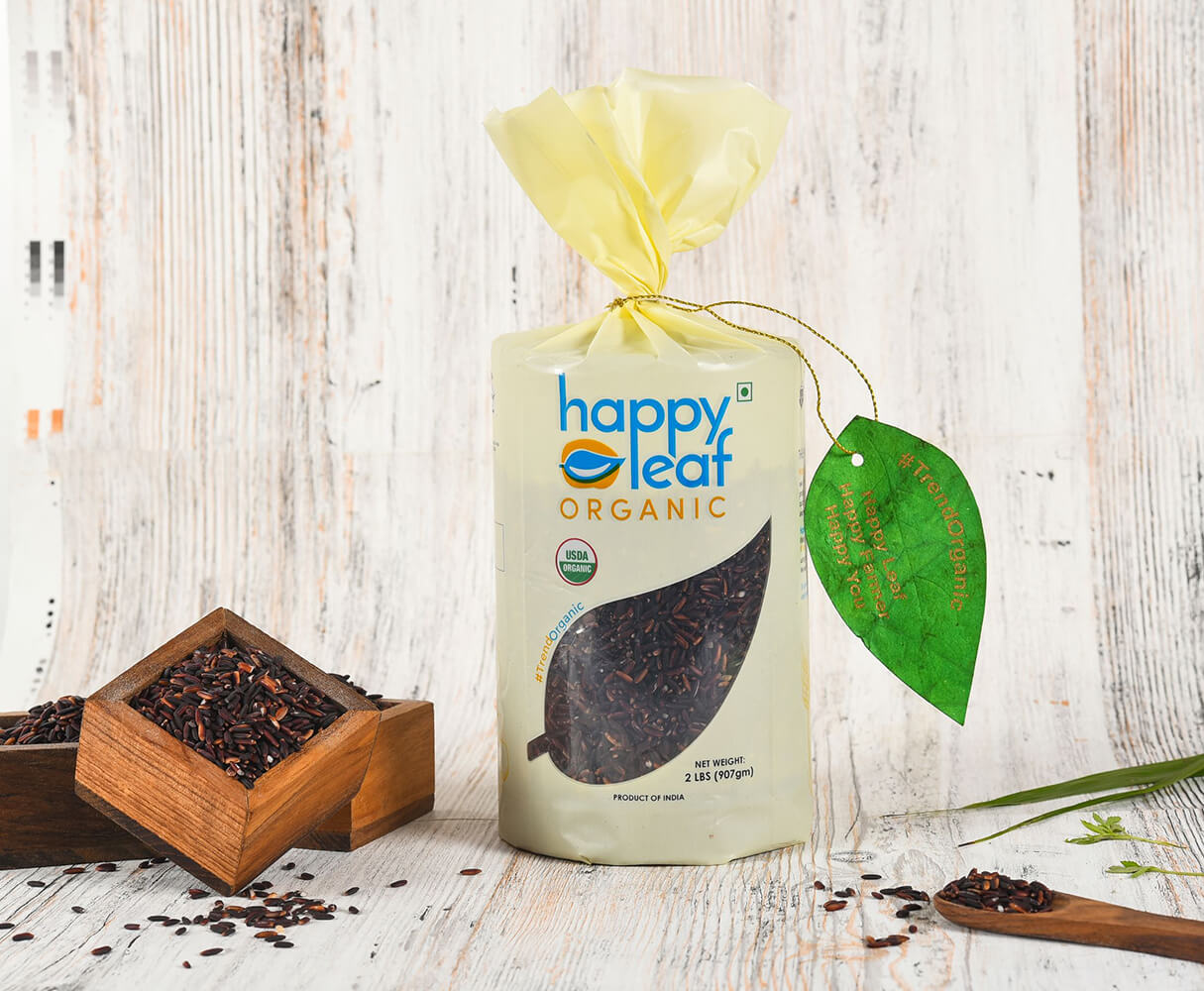
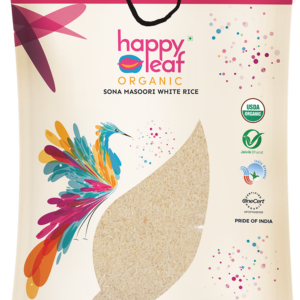
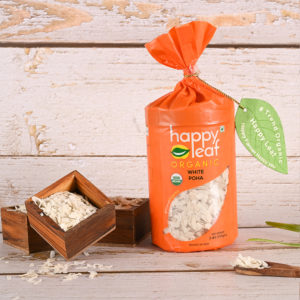
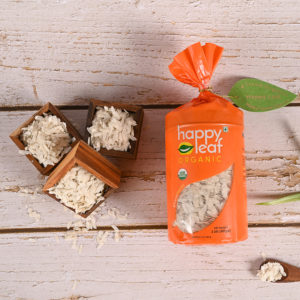

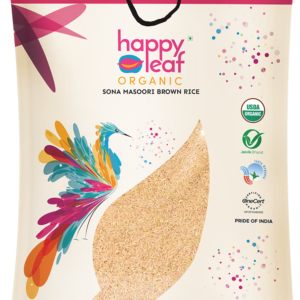
Reviews
There are no reviews yet.